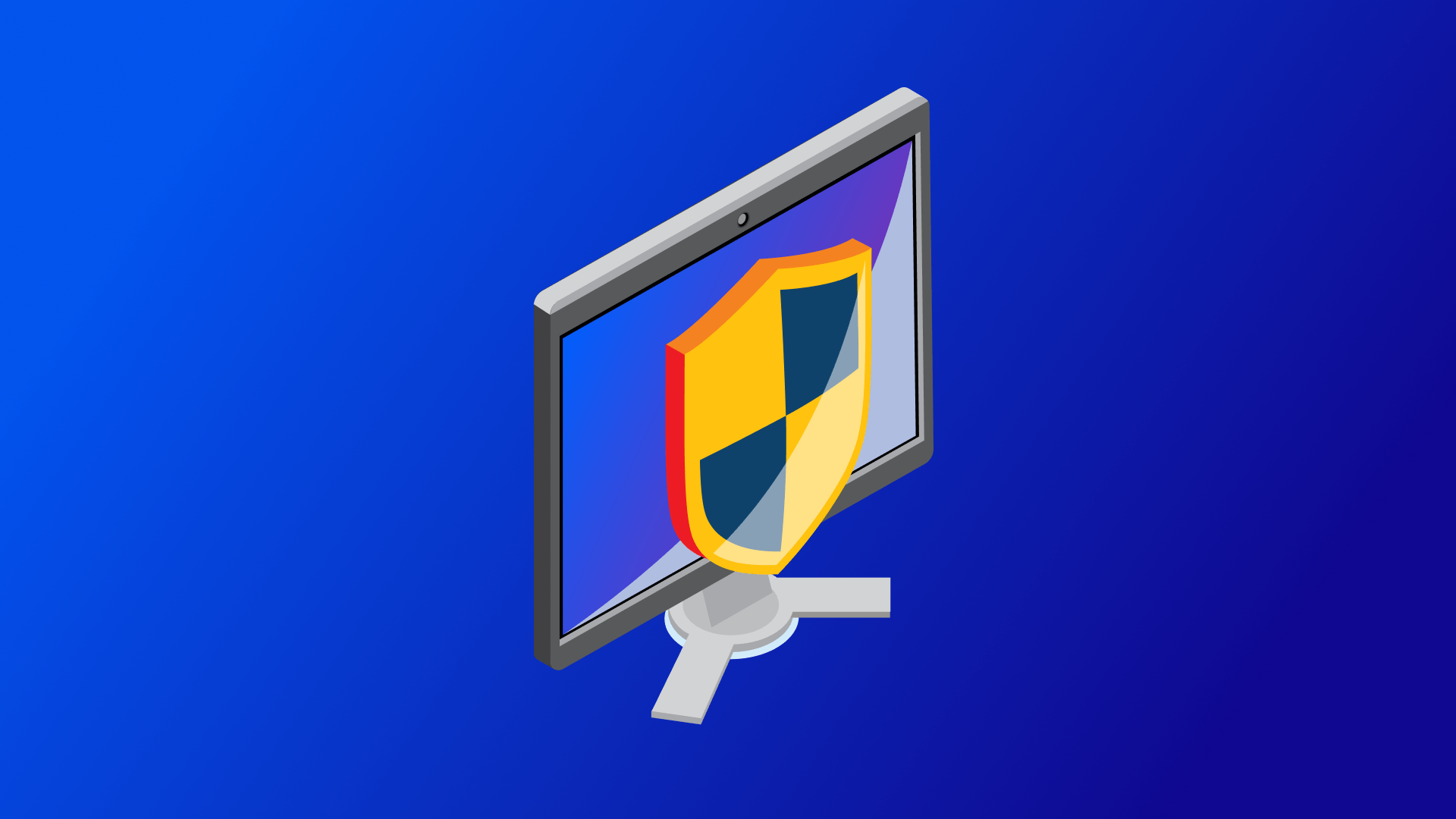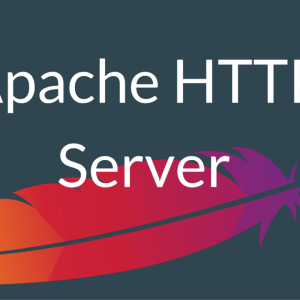DNS helps to transcribe domains (identifiers for users) and IP addresses (identifiers for machines) associated with them and keeps the relevant records. Domain Name System is invaluable, and without it, your browser simply wouldn’t know how to direct your search request. However, DNS, like many structures, can have vulnerabilities, which sometimes result in DNS leaks.
In this article, we will explore different aspects of DNS leaks, how to prevent them, and what to do about them.
Understanding DNS Vulnerabilities
DNS vulnerabilities can come at a price; sometimes, the cost is estimated as billions of dollars worth of assets. Unfortunately, DNS has long been a target of hackers aiming to acquire sensitive data, often with financial gain in mind.
To prevent this, it’s essential to be aware of DNS vulnerabilities that can be the source of a breach.
Subdomain takeover
Subdomain takeover implies that the hacker gets access and control of the subdomain, a derivative of the main domain, and can change the DNS records through it. It can happen if the domain owner forgets to remove DNS records linked with a virtual hosting provider they don’t cooperate with anymore; the DNS entry point allows the attacker to create a virtual server, access a subdomain, and use it for their own purposes.
In this instance, a DNS leak can be avoided by regularly examining servers, domains, subdomains, and hosting providers and ensuring timely updates.
Using mail records for phishing
Scammers can use your domain to send out phishing emails that push users to install malicious software or get them to reveal personal information. When scammers use your domain to send emails like this, your domain can get into a spam section, and your email may further go unseen. Such a tactic can result in damage to the reputation of your business or breaking the trust of your customers.
To avoid this, make sure you carry out the necessary training of your personnel so that they can indentify the proper functioning of your email marketing. Using SPF syntax can also help to avoid domain and subdomain takeovers going unnoticed.

Exposure of the origin server
Sometimes, attackers can find out the IP address of your origin server. This may be because a direct link to your origin server is attached; there can be trails from certificate records or accidental disclosure of DNS records.
To prevent exposure, avoid publishing test versions of applications on the web.
Investigating How DNS Privacy Can Be Compromised
There are different reasons for DNS privacy getting compromised.
Below is the list of possible scenarios contributing to DNS leaks.
- Incorrect Virtual Private Network (VPN) configuration. Since a VPN requires a connection to the Internet Service Provider, a DNS leak can happen when the VPN does not hide the actual ISP, meaning the VPN is misconfigured.
- Unreliable VPN provider. A virtual private network (VPN) provider must have DNS servers. If this is not the case, the VPN provider cannot guarantee sufficient encryption to prevent DNS leaks.
- No IPv6 (Internet Protocol version 6) support from a VPN. Some VPNs can still use old Internet Protocols (for example, IPv4) instead of IPv6 addresses, which identify the type of Internet Protocols created for compatibility with more devices. When a VPN doesn’t use IPv6 addresses, the user’s DNS request might be processed aside from the encryption protocol.
- Transparent DNS proxies. Certain Internet Service Providers push processing requests through their DNS servers, even in cases of using a VPN. When the Internet Service Provider detects a change in DNS settings, it usually reserves to use a transparent proxy that transfers user activity to the DNS servers of an Internet Service Provider, which in turn initiates a DNS leak.
- Windows SMHNR feature. The Windows operating system has an SMHNR feature that transfers DNS requests to another server and shares the data with the server that first responds to the request, which can cause a DNS leak.
- Windows Teredo feature. Teredo feature on the Windows operating system is designed for transitioning from IPv4 to IPv6. This creates a security vulnerability within a VPN, which can result in a DNS leak.
Assessing the Implications of Privacy Breaches
DNS leaks are dangerous since they imply that third parties get access to the information they are actually not supposed to get access to. The data attackers can access through a DNS leak can include IP address, location, browser history, Internet inquiries, and online activity (revealed to Internet Service Provider with insufficient VPN protection). This information can be further used for scamming. DNS attacks can also be performed to redirect website traffic to a third-party server.
Is My DNS Secure?
There are different DNS leak checkers on the Internet, but using a DNS leak test from trusted virtual private network (VPN) providers is recommended. They can help you spot the DNS leak by evaluating the VPN connection. Additionally, VPN providers offer tests to give users additional information about the DNS server.

Exploring Techniques for DNS Privacy Verification
DNS leak tests provide information about the VPN connection, IP address, and location. If the IP address and location with the VPN connection match the real IP address and location, there’s likely a DNS leak.
There are also tests for checking whether the DNS is accessed through an Internet Service Provider (ISP) or a VPN; if the first is the test result you get, there’s likely a DNS leak.
Both types of DNS leak tests usually provide information about vulnerabilities and how to fix them.
Ensuring the Safety of DNS Privacy Checks
DNS leak tests from reputable VPN providers are safe and reliable. It’s better to use a test from the provider you usually use a VPN from. Third-party tests cannot be a guarantee of relatable results.
Resolving Privacy Concerns
Usually, VPN leaks can be managed through the proper configuration of a VPN connection. This means that you should enable the VPN to connect to its own DNS servers instead of forwarding the request to the DNS server of an Internet Service Provider.
Fortifying Your Shield Against DNS Privacy Risks
DNS records are not encrypted by default; they are meant to stay public and visible for users to check. If the VPN doesn’t “cover” your DNS, its records go straight to the Internet Service Provider, which can share your data with third parties. This is considered a DNS leak.
You can take some steps to mitigate the risk of a DNS leak.
First is choosing a reliable VPN provider that can give you high-level encryption of DNS requests.
Setting Up a VPN in a Different Global Location
You can set up your personal VPN connection from a different location. The logic behind this is that local Internet Service Providers are less likely to be interested in your personal information. This isn’t ideal for preventing DNS leaks, but it reduces their probability.
Safeguarding Your Anonymity with Specialized Web Browsers
Anonymous web browsers can prevent DNS leaks as well. Many anonymous browsers don’t require complex configuration on the end of both VPN connection and DNS. The browsing anonymity of specialized web browsers reduces the risk of DNS leaks.

Enhancing Security with a Firewall
If you’re doubtful that the virtual private network (VPN) protects you from DNS leaks sufficiently, the firewall can ensure that DNS requests are strictly processed through a VPN. You can configure a firewall through software or hardware (for example, you have a router with firewall capabilities).
Implementing a Secure DNS Configuration
To ensure DNS leak protection, you can hide your IP address using a proxy, which has its IP address and uses it while on your browser.
Discover Free Tools for Privacy Assessment
DNS leak tools give you the information about the servers domain names are processed through, thus accessing your information. If you get unknown servers in test results, this likely indicates a DNS leak.
You can use the following free tool to assess whether you have a DNS leak or not:
- dnsleak.com
- whoer.net
- dnsleaktest.com




